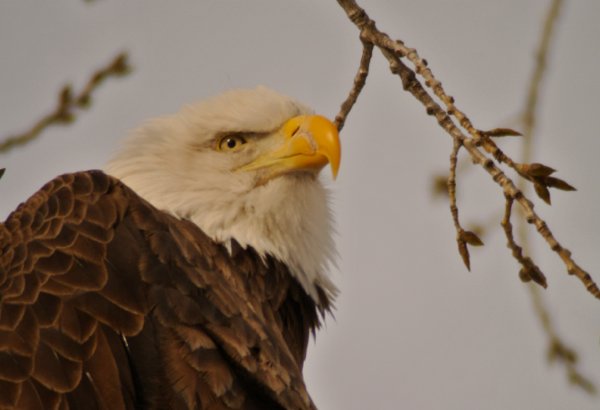
Amazon had a brilliant press release on Cyber Monday 2013 about using drones as a possible delivery service for their products in the near future. While many people were saying, “OMG COOL” others were thinking “that’s too Big Brother-ish for me” and a few said, “Oh hey, wait, what about birds?” Based on the press release date, I assumed it was just big talk and way to drive people to Amazon to shop on Cyber Monday.
Then an email went around my park from my fellow ranger Gordon that caught my attention. It included a video that a production company took with a drone in our park’s corridor. I work part-time for the Mississippi National River and Recreation Area and here are some stunning views of our very urban park along the Mississippi River through the Twin Cities in Minnesota:
This video is not only remarkable for the views, but also the places they take the small drone–behind waterfalls, are you kidding me? Through narrow trails and creeks? Wow. I also couldn’t help but notice that the drone passed by at least one eagle nest (the operator probably had no clue it was there) and wondered how much an eagle would tolerate from a small unmanned aircraft.
The initial reaction to this from other staff was, “Oh cool, we should have this for programs and surveys.” I was thinking how handy drones would be for the annual aerial survey of eagle nests and for my own personal nest checking around private property and began pricing drones online. On Amazon a drone with a camera is not that expensive. It basically depends on what kind of quality you are after.
I was chatting with Gordon about this and we discussed how drones could be a safer way to get photos of birds or document birds for breeding surveys, but he was quick to point out, “You and I already have an idea of what a safe distance would be to test that out with an active bald eagle nest. And we would know what to watch for if the eagle didn’t like it and would back the drone off. Consider the average person who has a wide angle GoPro camera attached to a drone and wants to get as close possible.”
It was a sobering thought and Gordon was wisely already on to something because as I was grabbing links on YouTube for this post, I found this:
https://www.youtube.com/watch?v=B-zUC5IQbl8
I had high hopes that the operator was going to keep a safe distance away from the Bald Eagles in that video, but in both instances these the birds were flushed and chased. And if you do a bit more searching you can all sorts of people who don’t know anything about birds checking them out and getting too close. Here’s a guy harassing Osprey.
Every species is going to do something different. What if the bird attacks? What if it makes contact? What if there’s an injury?
Then there are the other uses and a question of ethics:
Let’s say you know where Kirtland’s Warblers or Whooping Cranes are nesting and you want to document it with a drone…is that harassment? How often is too often for checking out the nest?
Can you use a drone to get footage of snowy owls in cornfields? How close is too close?
If you have a drone and fly it over a field and it finds a Short-eared Owl that you didn’t know was there and you only saw it after you uploaded your video…does it count on your list?
Is a regular flight of a drone over a wetland going to affect what birds nest there?
Say a duck hunter knows that the closed pools nearby has ducks and it’s dead in the pool where they are hunting. They call their friend to check the ducks with a drone and the ducks get flushed and go to the hunting pond?
You may think these are extreme situations but we don’t have great laws in place for drones yet. Oh sure, the FAA has some guidelines: don’t fly them over populated areas, don’t go higher than 400 feet–unless you’re near an airport, then be lower. However, looking on YouTube, people are violating some of those rules already. As the price comes down for drones with cameras more and more people will have these for personal use.
The human race creates technology that can mess with wildlife faster than we can know what to do with it, especially when looking at the glacial pace the federal government can respond to a problem. As has been said many time in the Spiderman series: With great power comes great responsibility. Cool things could be done to be less invasive when getting photos of wildlife or documenting them for surveys, but it’s all too easy to harass and cause damage.






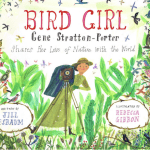
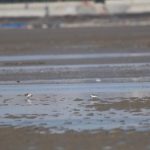

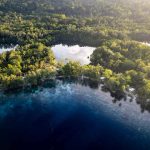
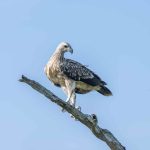
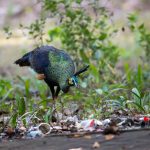

Our neighbour got a small remote controlled flying machine for the children….first flight a Black Kite took it away and it was gone!!! 🙂
This looks even worse that I thought for birds. There was just an article in the Atlantic Online about this and birds attacking drones they thought were invading their territory. I also worry about birds hitting their propellers if they get to close.
Here is the link http://www.theatlantic.com/technology/archive/2013/12/another-problem-for-amazons-delivery-drones-angry-birds/282082/